Introduction to Knightless Chess
Playing chess without knights presents a unique challenge. Knights, with their ability to jump over other pieces, play a pivotal role in both defense and offense. Their absence not only modifies the dynamics of the game significantly but also demands a reinvention of strategy and tactics. This article explores various strategies and tips that can help players adapt to and excel in chess games where knights are not present on the board.
Understanding the Impact of No Knights in Chess
In chess, the removal of knights alters the balance of power among the remaining pieces. The bishops and rooks become significantly more valuable due to their ability to control long stretches of the board unimpeded by knights. Similarly, the queen gains increased mobility and influence. The absence of knights often leads to a more open and faster-paced game where long-range pieces can exert their influence more dominantly.
Strategies for Playing Without Knights
1. Strengthening Bishops
Without knights, the value of bishops increases as they become critical in controlling the board. It is crucial to deploy them effectively where they can influence key squares and diagonal paths. Opening strategies might revolve around fianchetto setups where bishops are placed on long diagonals, enhancing their scope and defensive abilities.
2. Rook Coordination
With fewer pieces on the board, coordinating rooks becomes a formidable tactic. Doubling rooks on open files can exert tremendous pressure on the opponent’s half of the board. Effective use of rooks can often compensate for the absence of knights' close combat abilities and their potential for creating tactical threats.
3. Queen’s Mobility
The queen's versatility is markedly amplified in the absence of knights. With fewer pieces to block her paths, the queen can be maneuvered more freely around the board. Use her adaptability to switch quickly between offense and defense, taking advantage of weak spots in the opponent's setup.
4. Pawn Structure Adaptation
Pawns become crucial in building a strong defense and creating opportunities for attack. Without knights, pawn structures can be more robust and less prone to tactical decompositions typically instigated by knights' forks and other disruptive maneuvers. Consider employing pawn structures that control the center and open lines for your rooks and bishops.
Tactical Considerations Without Knights
Tactics in knightless chess shift significantly. Common knight tactics like forks and jumps over pieces are obviously non-existent, thus changing the patterns you need to watch out for. Instead, focus on pinning, skewering, and creating discovered attacks with your long-range pieces. The absence of knights often reduces the complexity of tactical skirmishes, allowing players to plan more straightforward attacking strategies.
Opening and Mid-Game Strategies
Without knights, opening strategies should emphasize speed and efficiency in deploying bishops and rooks. Openings like the Queen’s Gambit can become more potent as the pieces involved have unobstructed paths from the game’s onset. In the mid-game, keep your play dynamic. Focus on creating open files and diagonals and exploiting these as quickly as possible.
Endgame Scenarios
In knightless chess endgames, the king becomes an even stronger piece. Without knights to check forks or create blockades, it’s vital to activate the king earlier in the endgame. Bishops and rooks should work seamlessly together to control and convert extended positional advantages into victories.
Tips for Practicing Knightless Chess
To master knightless chess, consider playing specifically designed endgames and puzzles that exclude knights. Analyzing games and positions where knights do not play a crucial role can also provide deeper insights. Additionally, playing regular chess games while consciously minimizing your knights' roles can also serve as good practice for understanding how other pieces can fill the void effectively.
Conclusion
Chess without knights offers a fascinating variation on traditional gameplay, emphasizing different strategies, tactics, and piece values. By adapting to the strengths of the remaining pieces and rethinking typical game patterns, players can not only compensate for the absence of knights but can also uncover unique and winning strategies inherent to this variant of chess. Whether for practicing specific skills or simply for variation, knightless chess pushes players to think differently and develop a broader understanding of the game's deeper strategic elements.
Explore our large collection of luxurious chess sets!


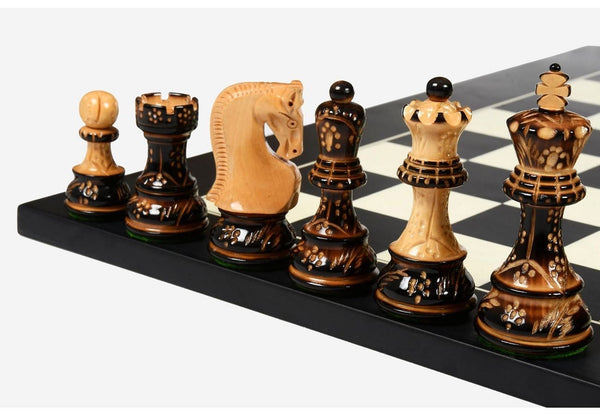

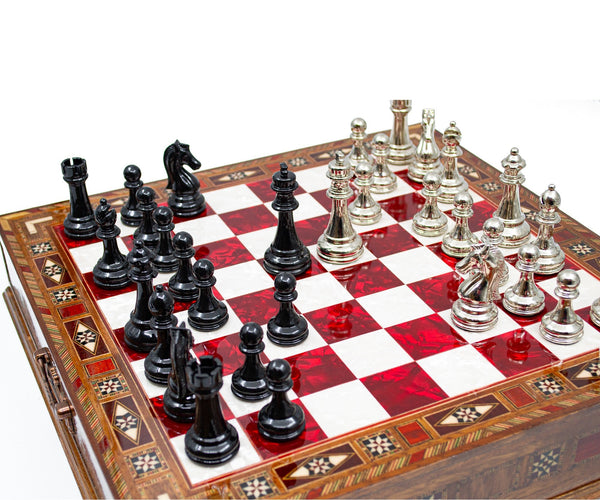
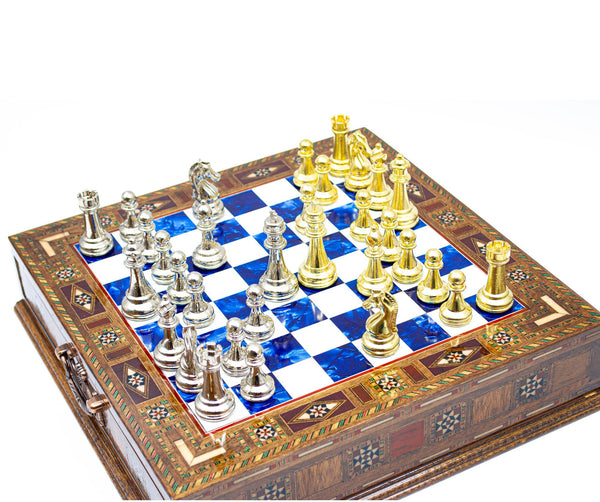
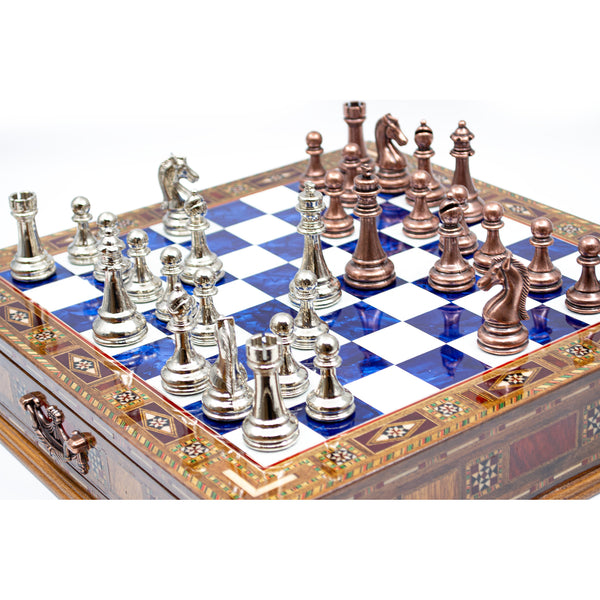
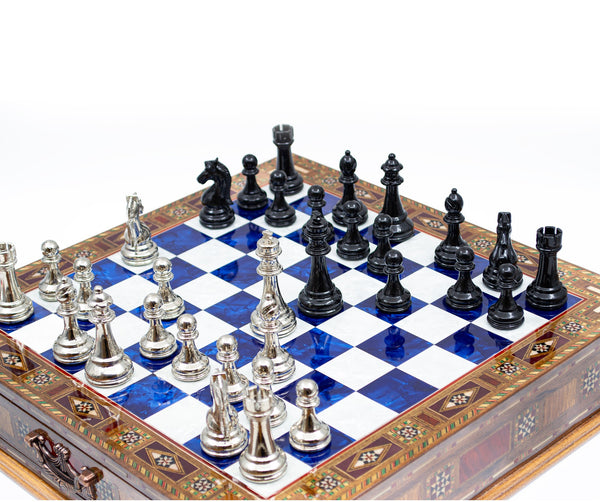






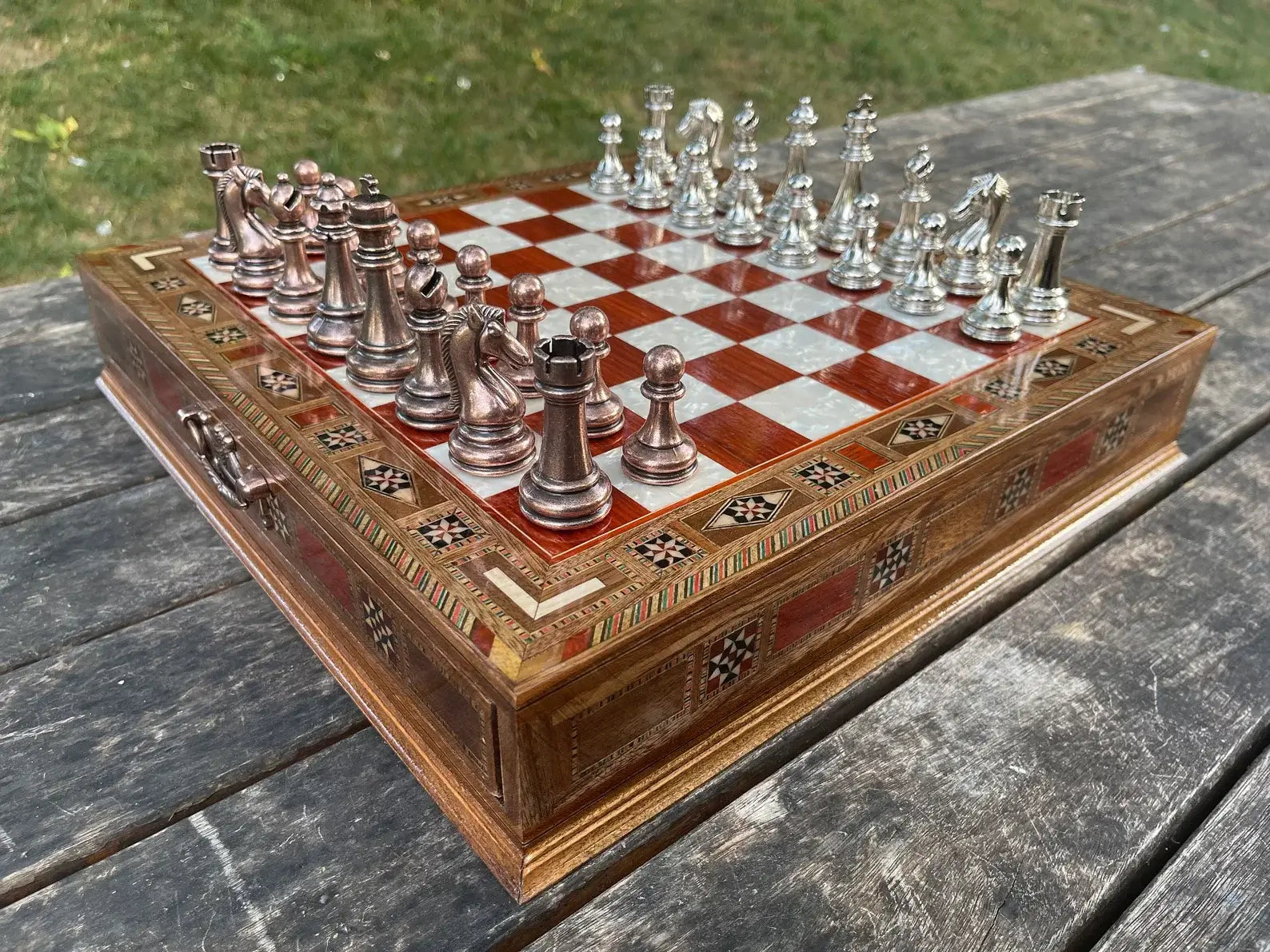
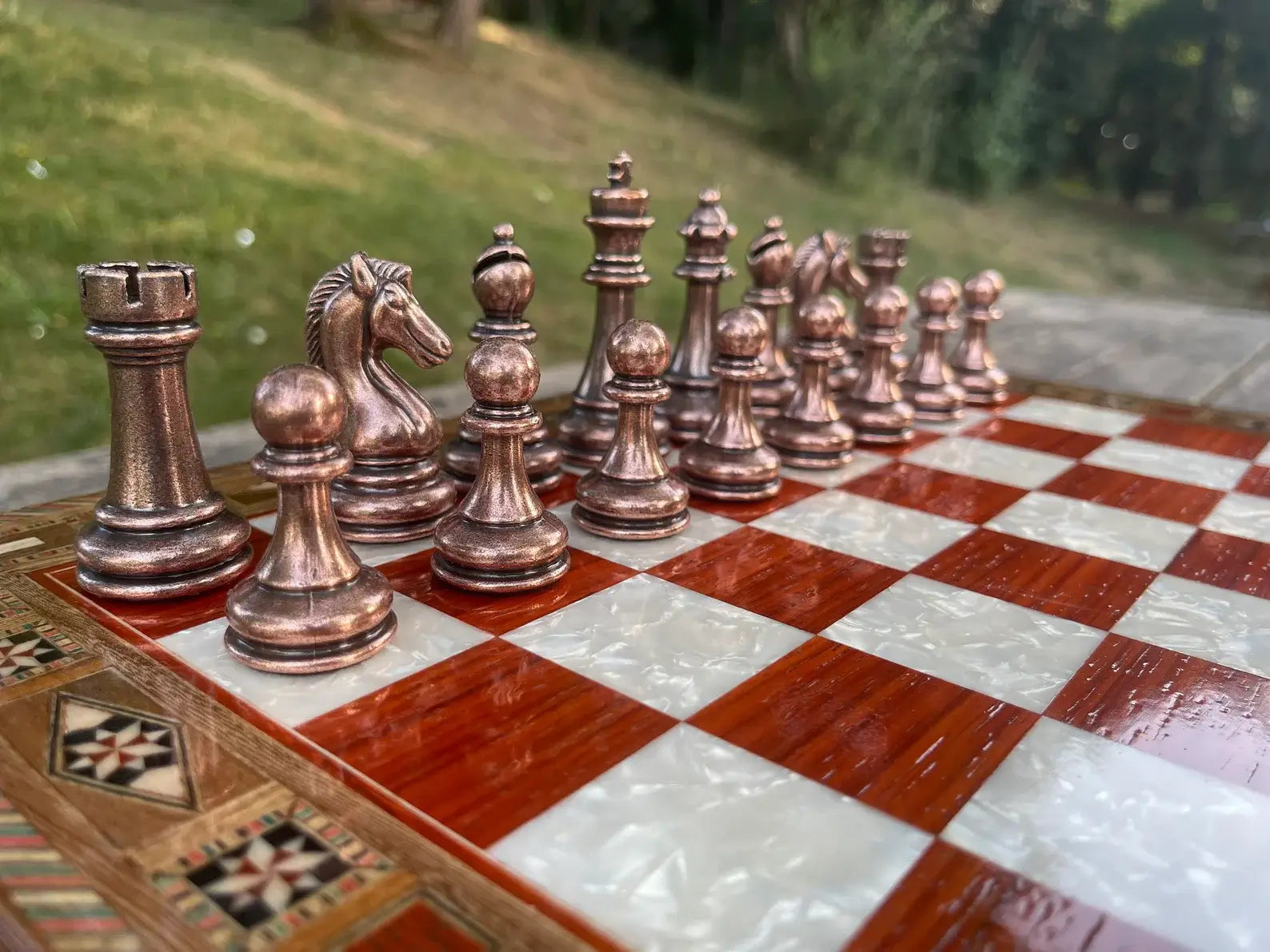
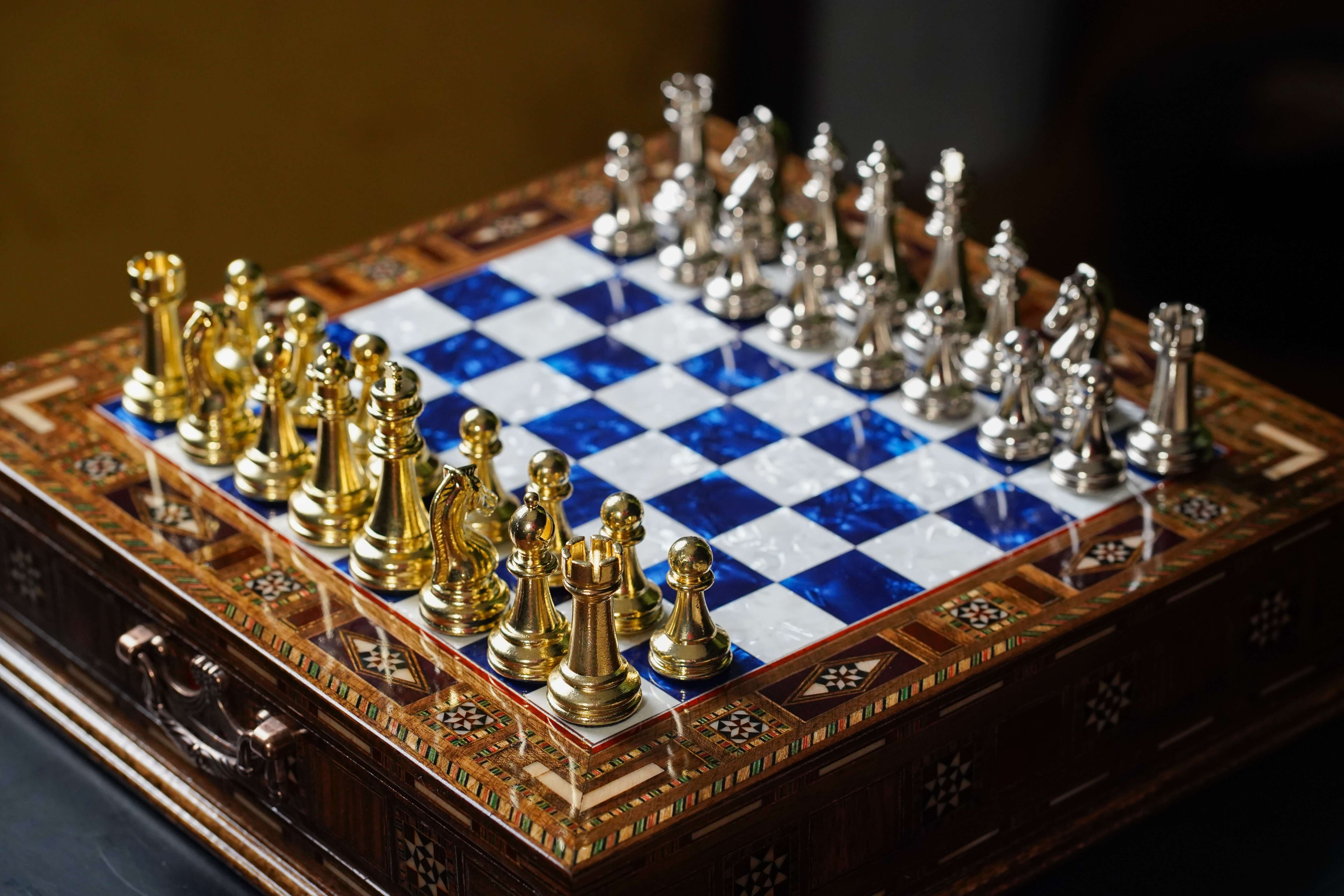
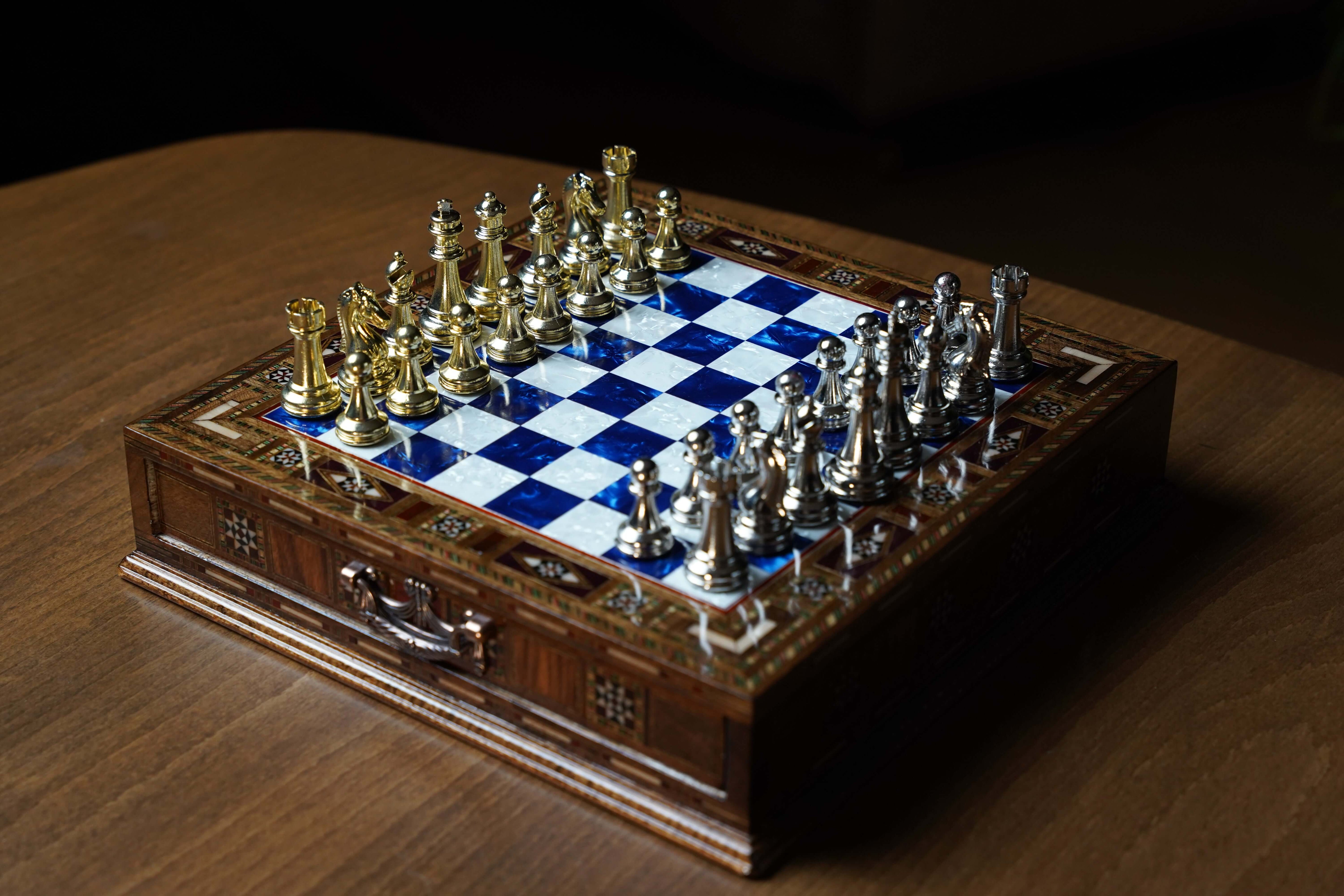
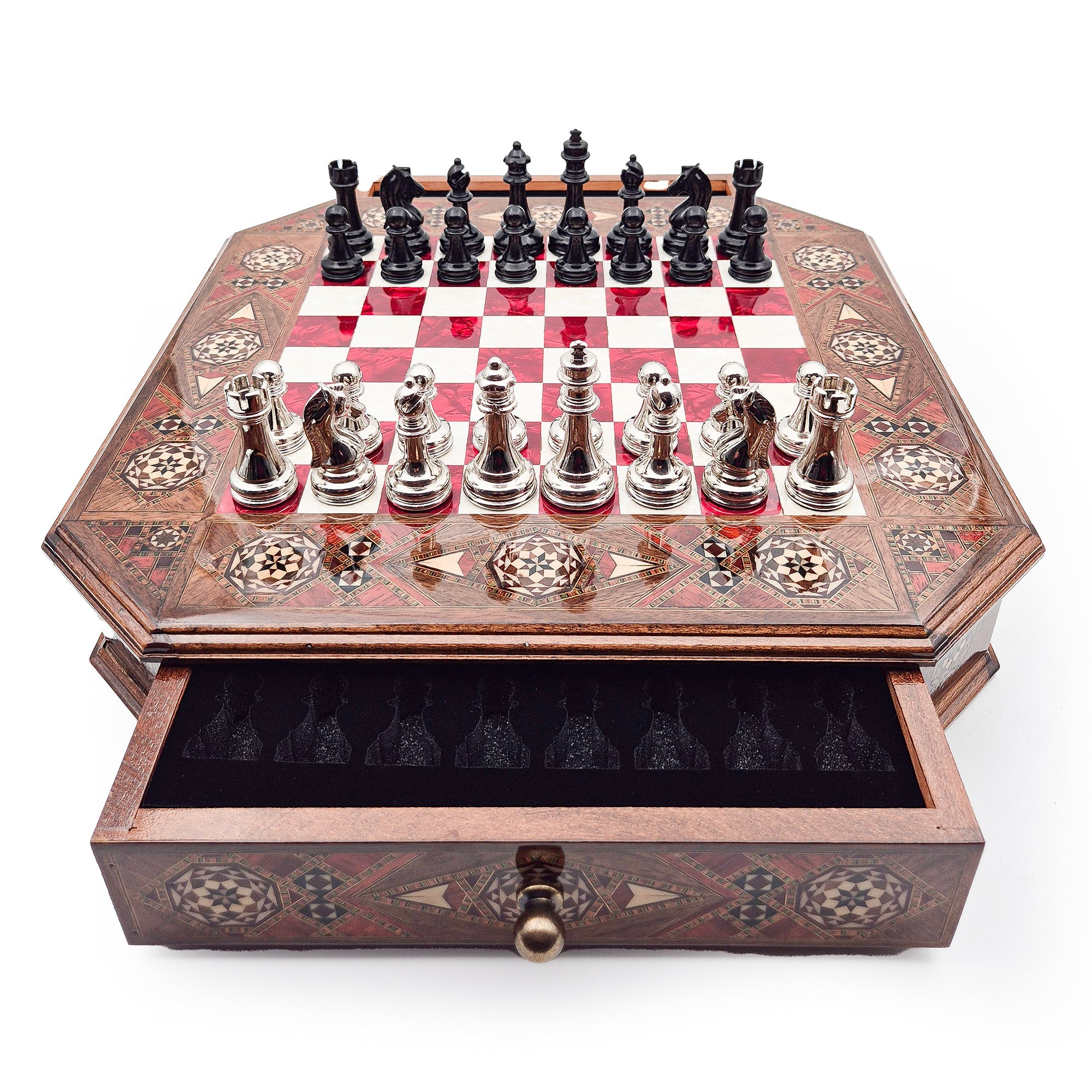
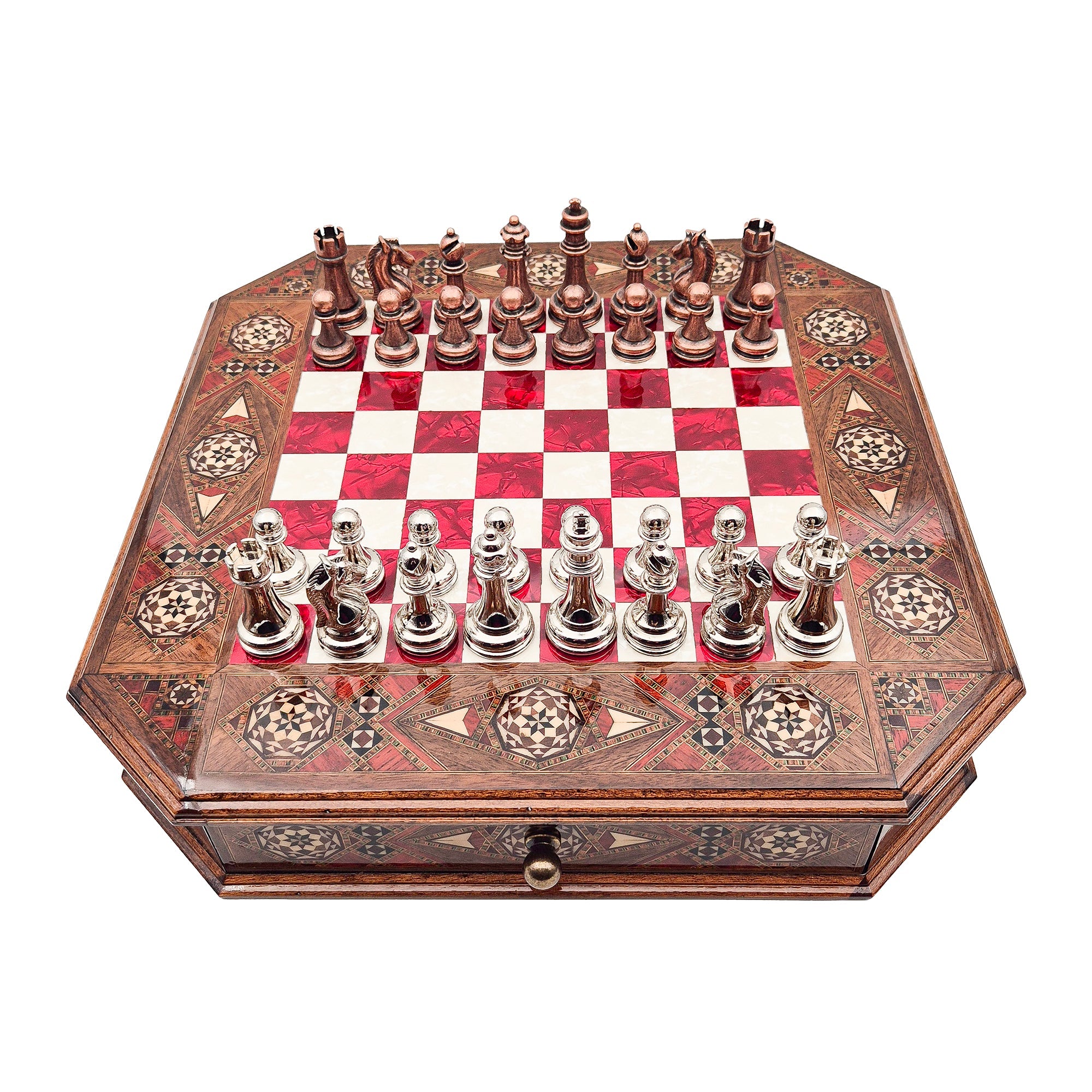
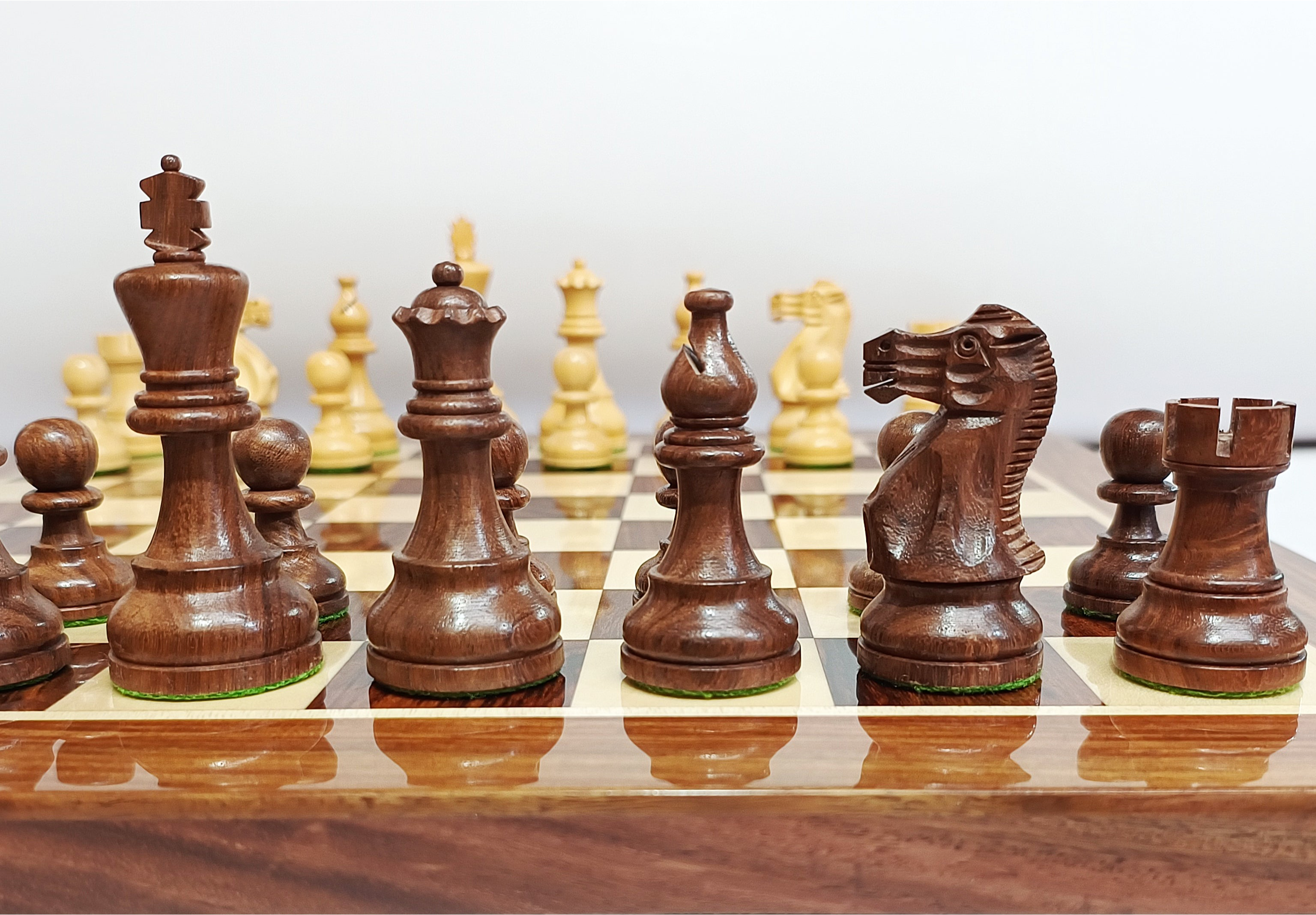

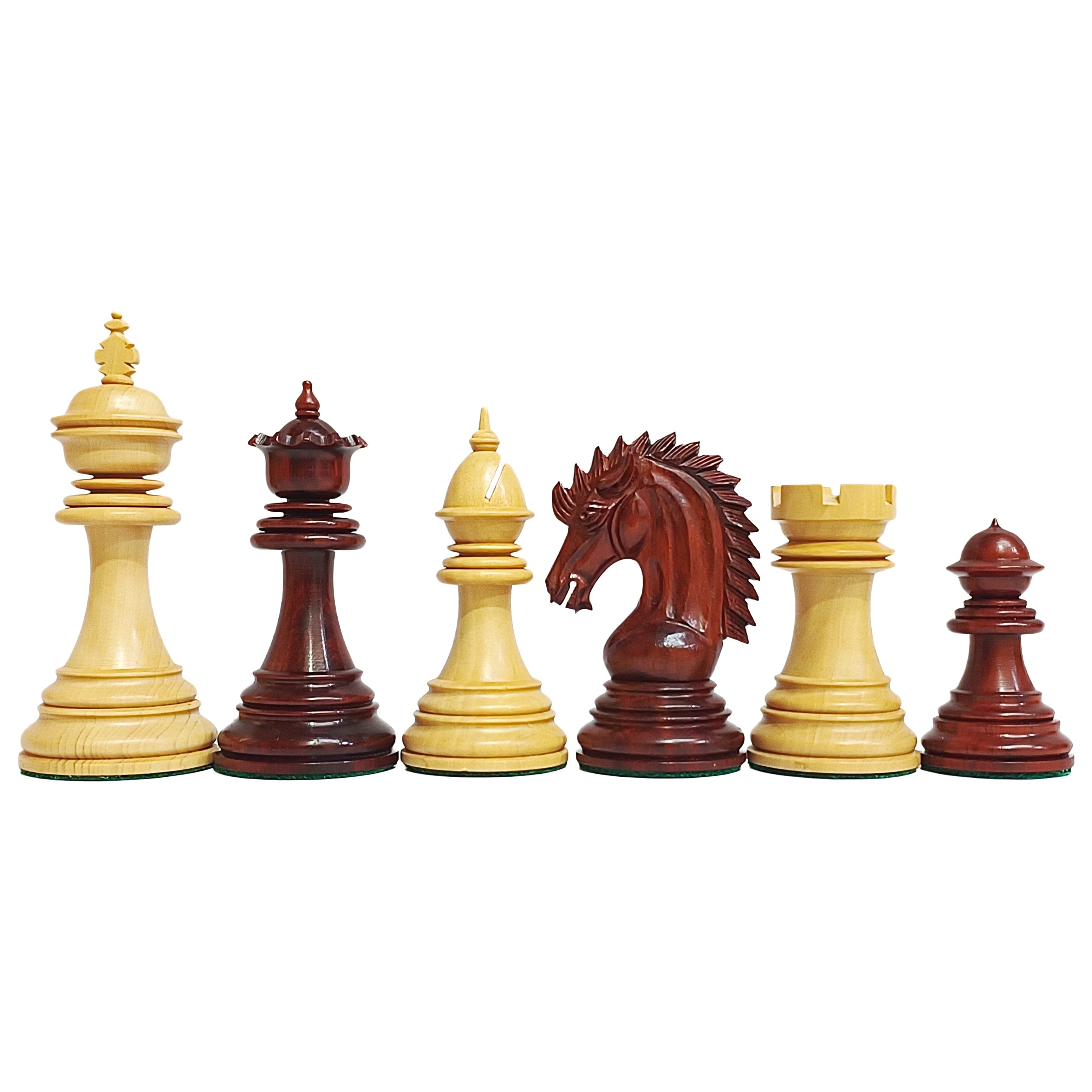
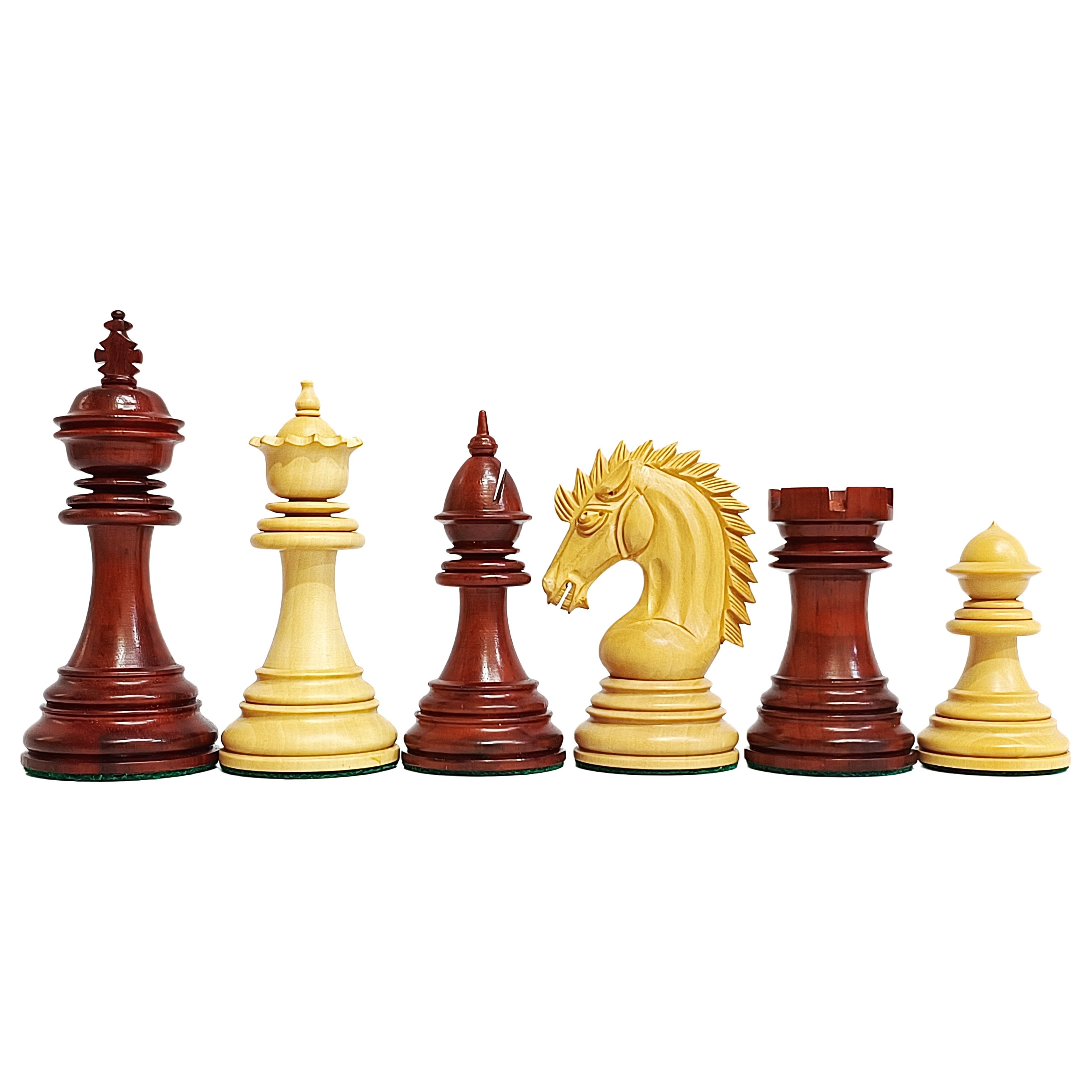
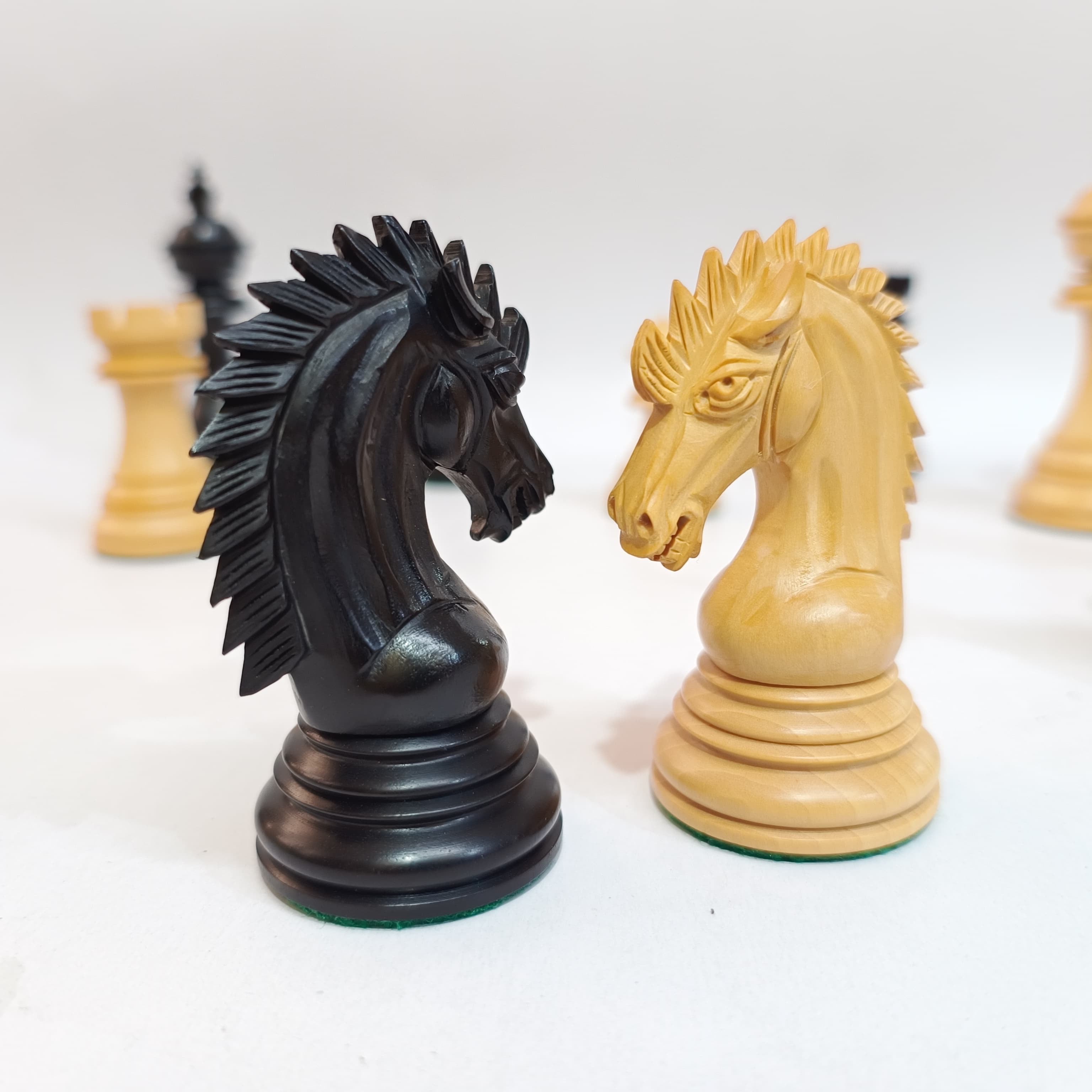
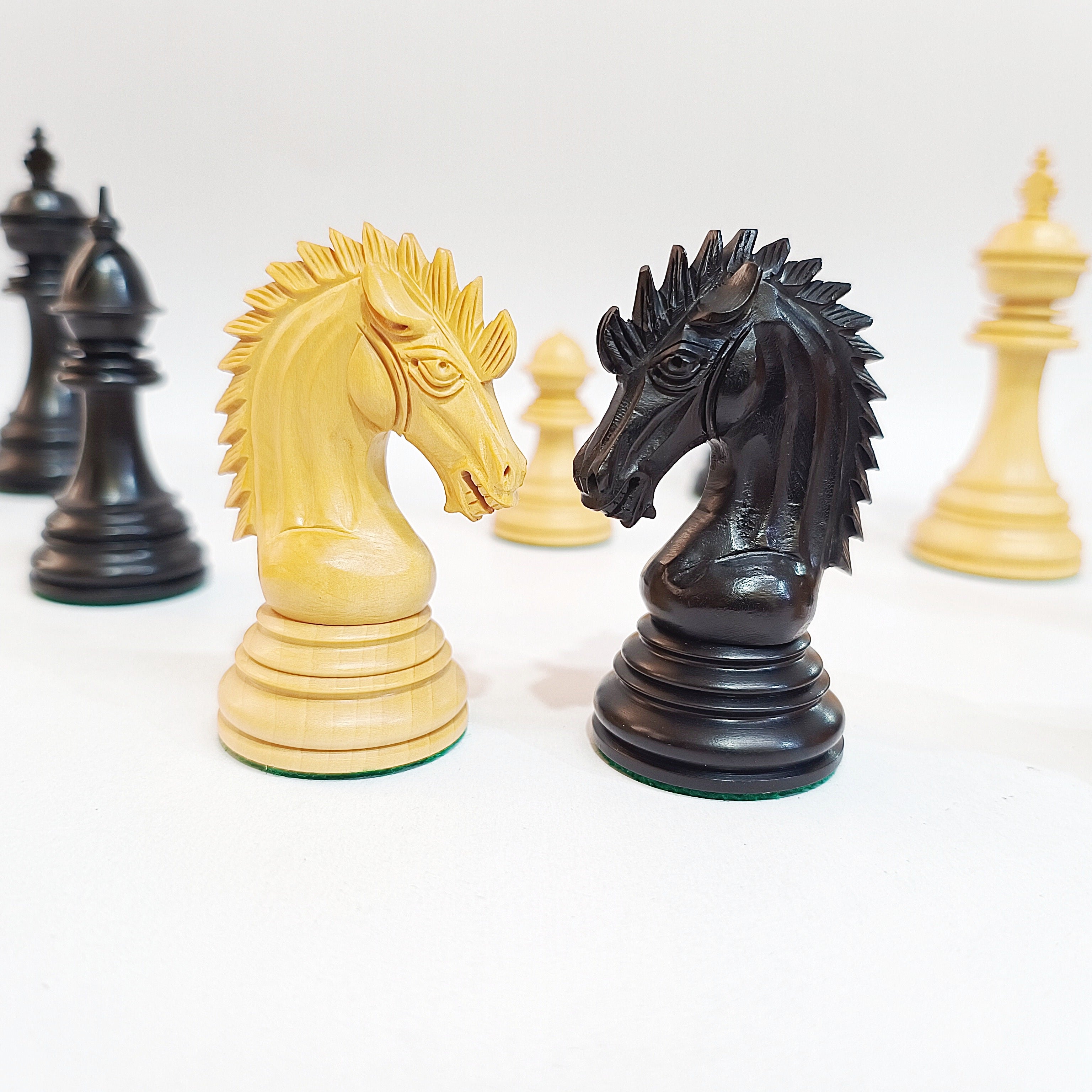
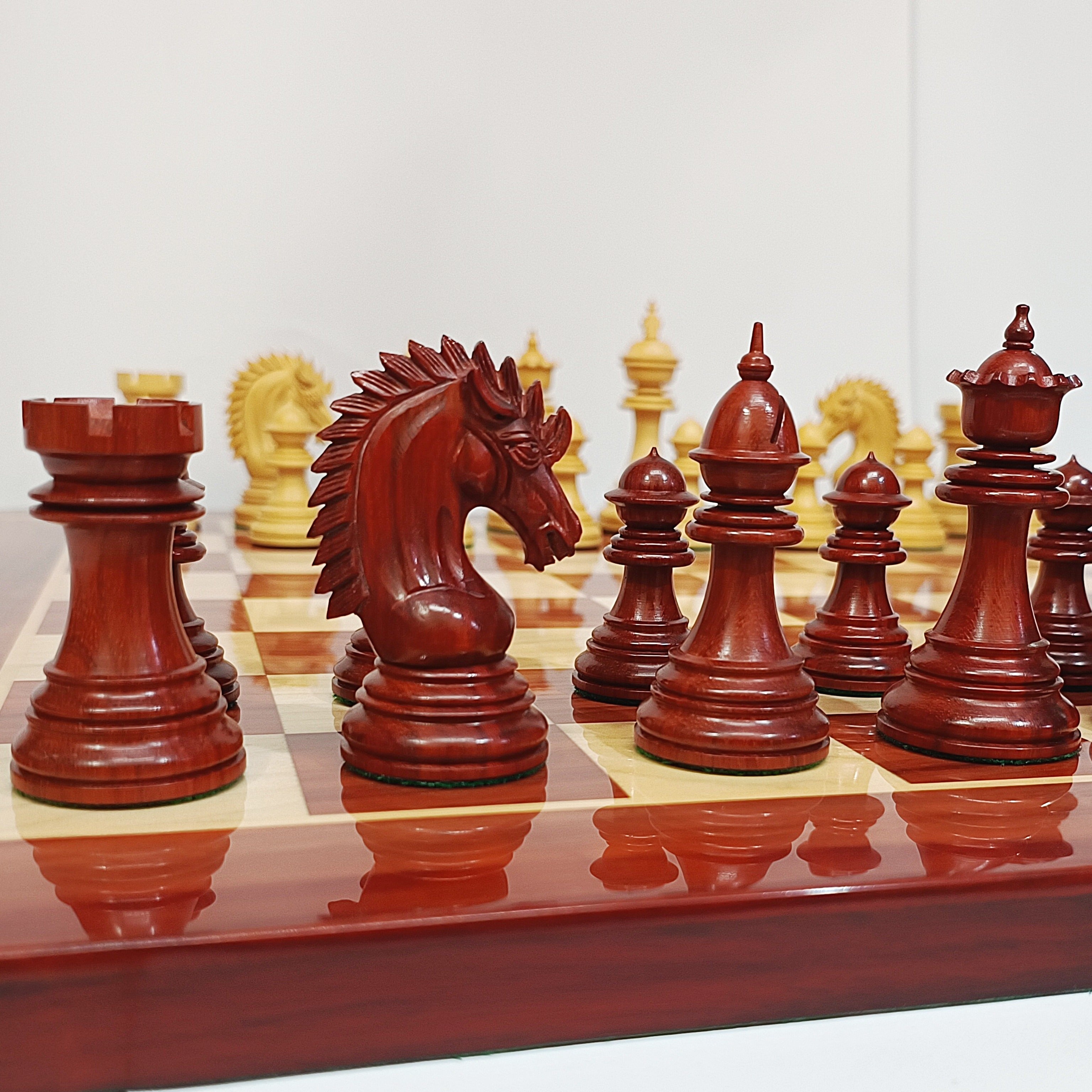
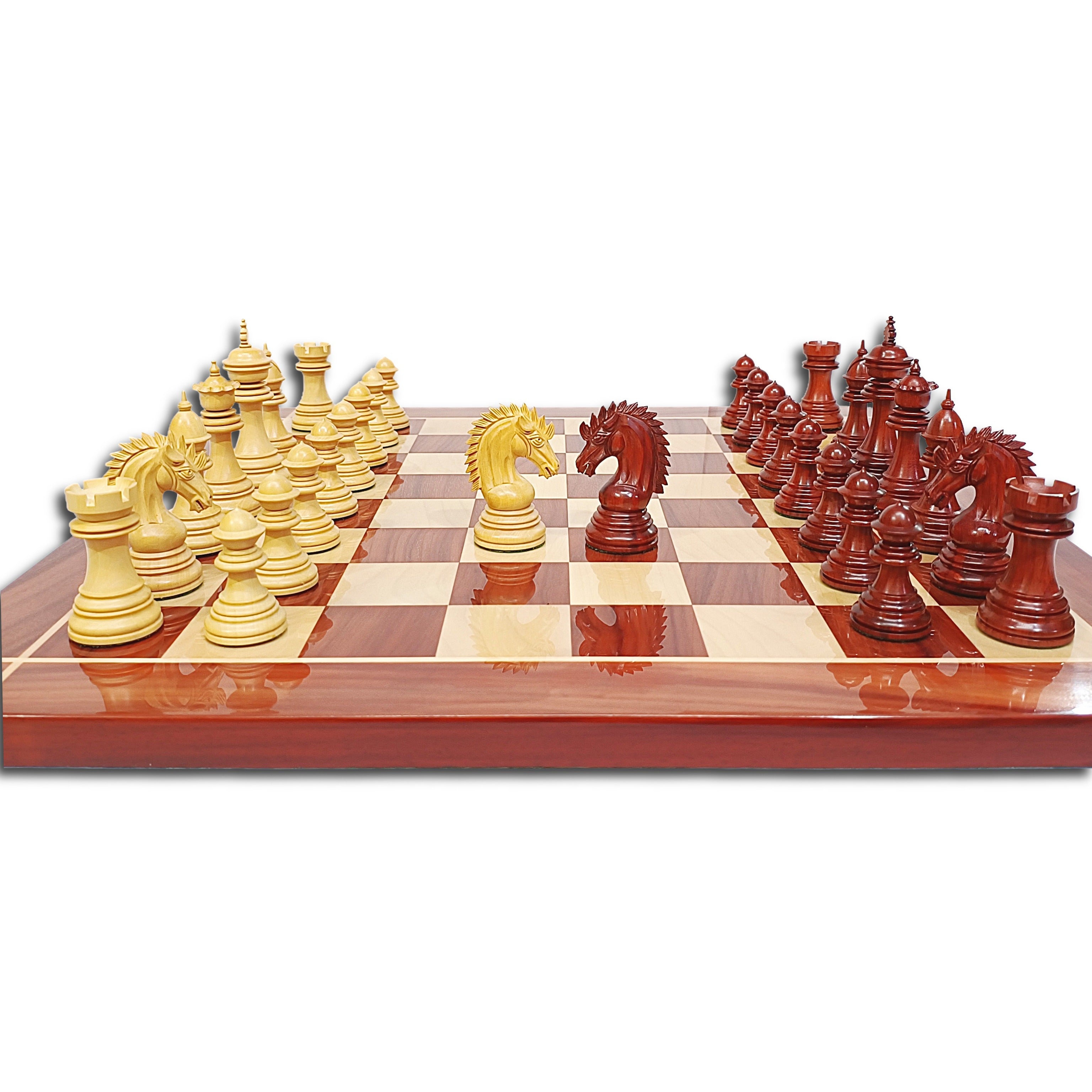

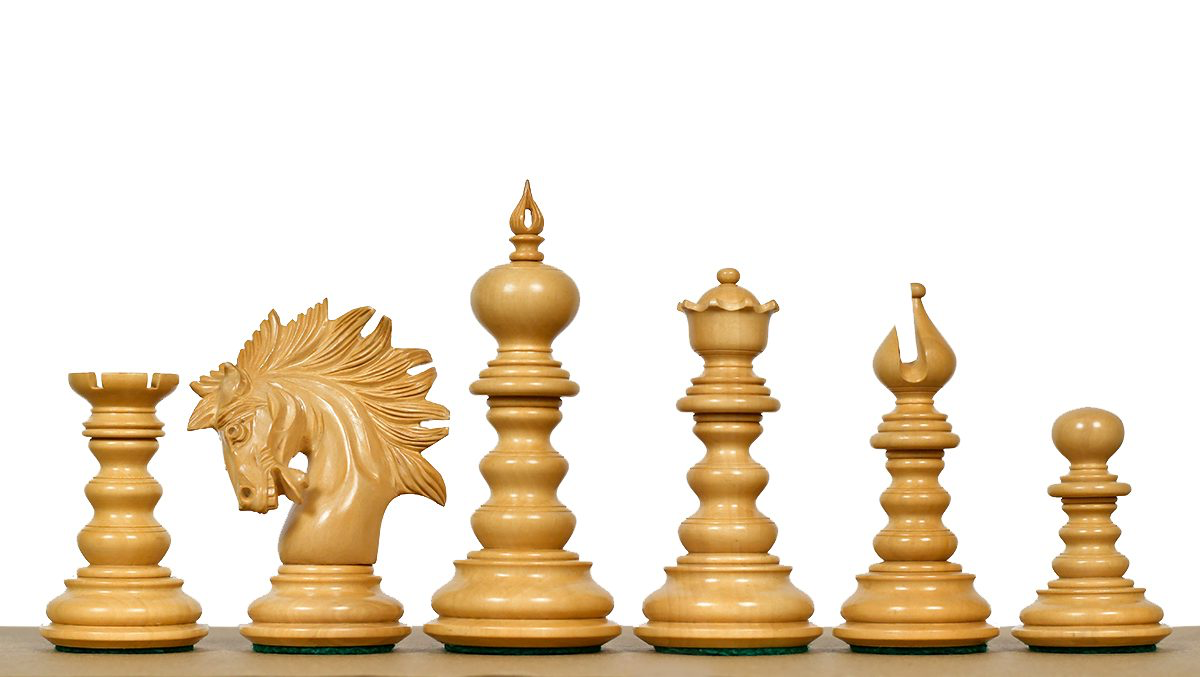
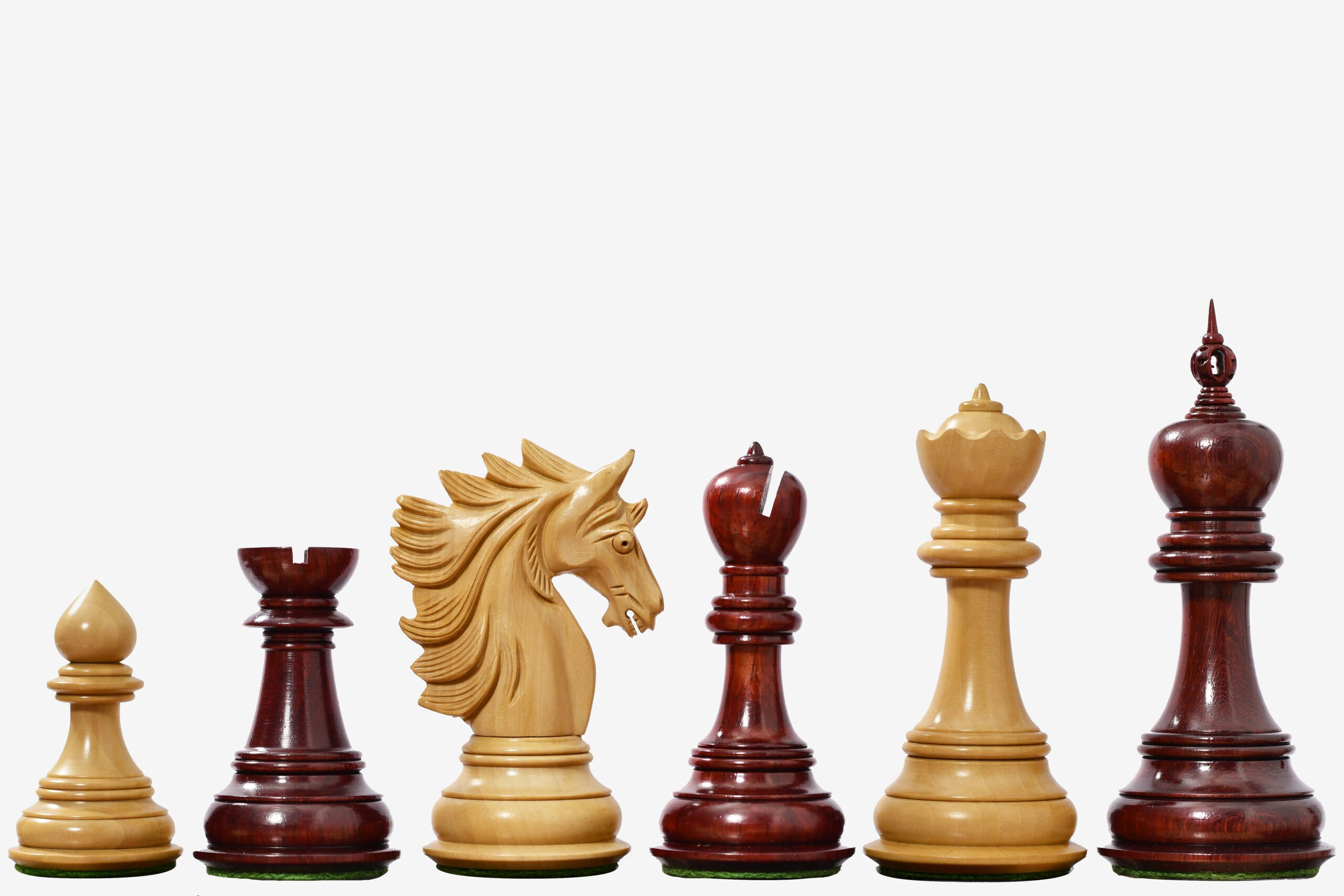
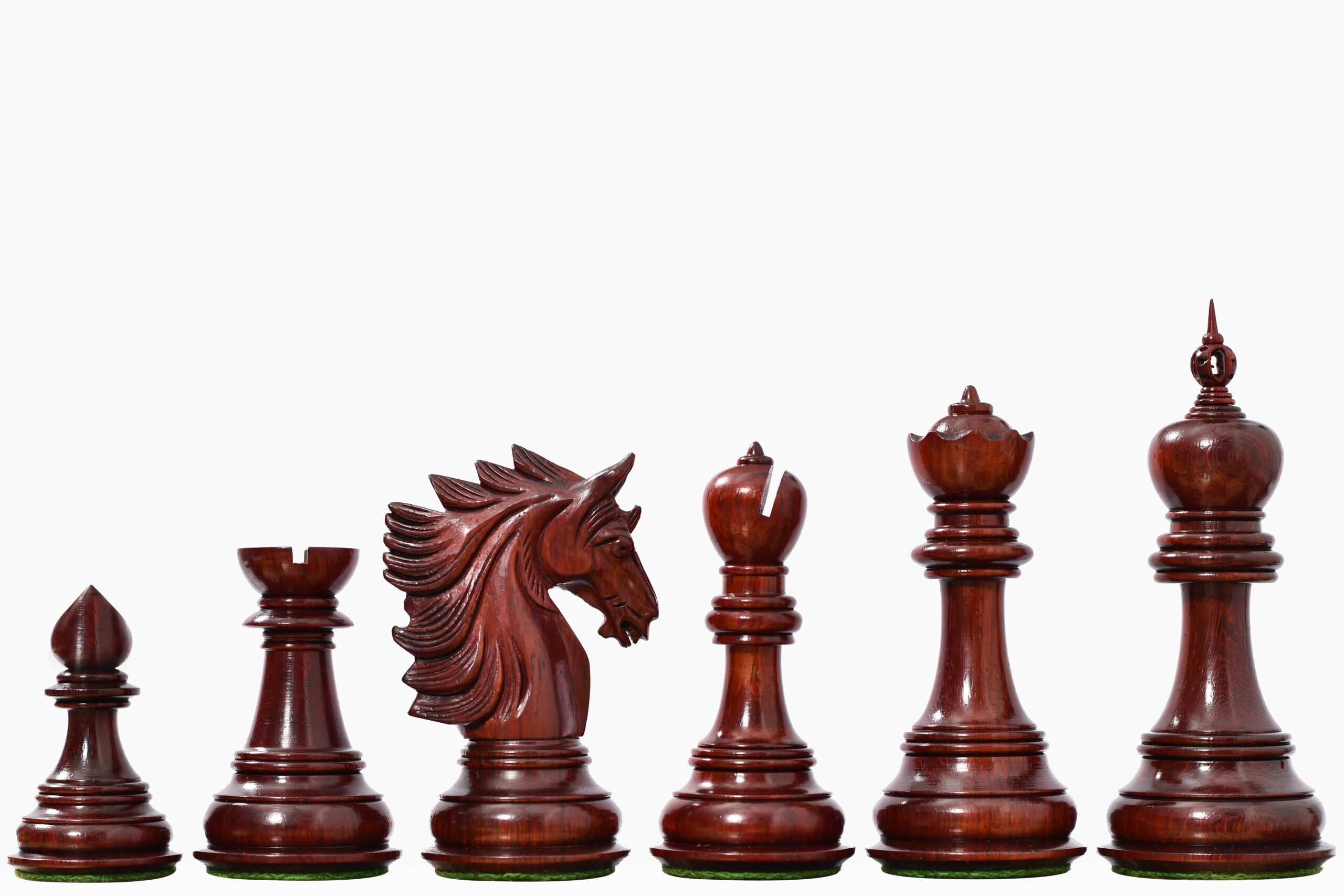
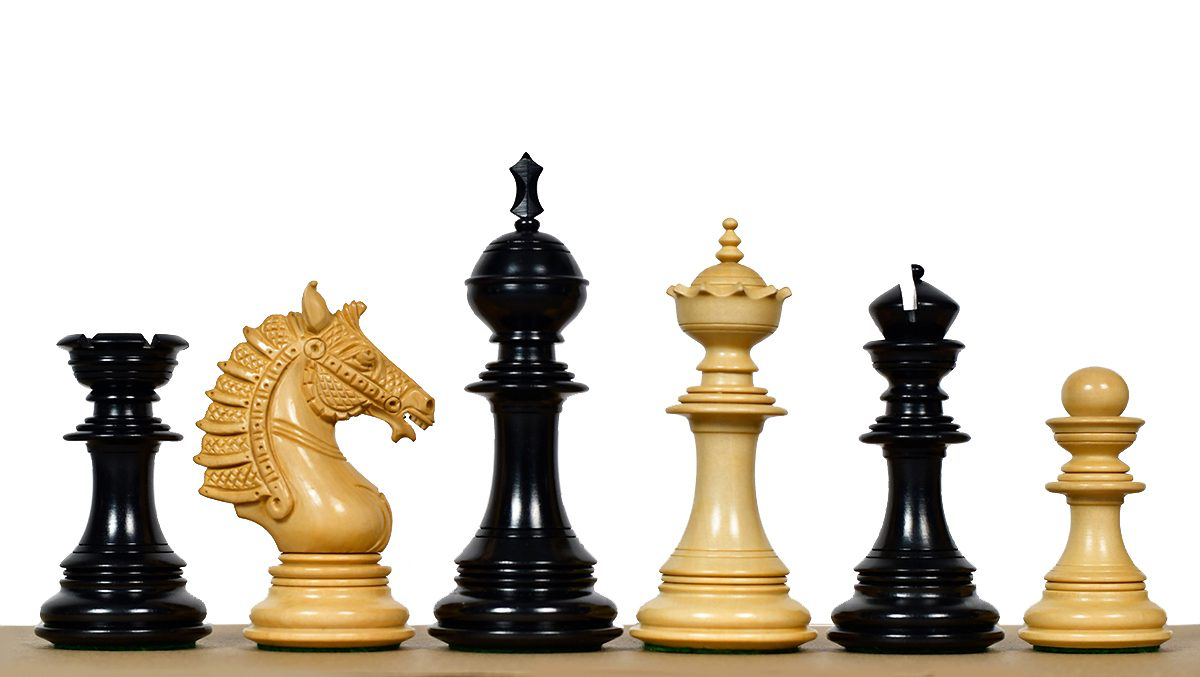
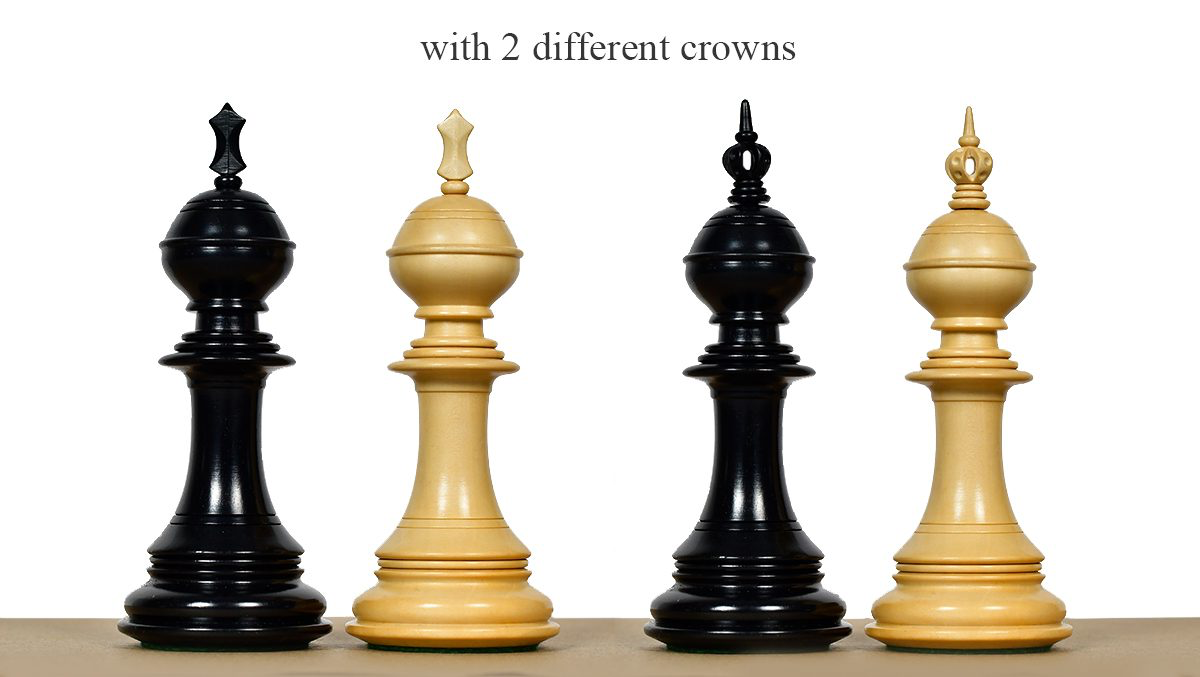
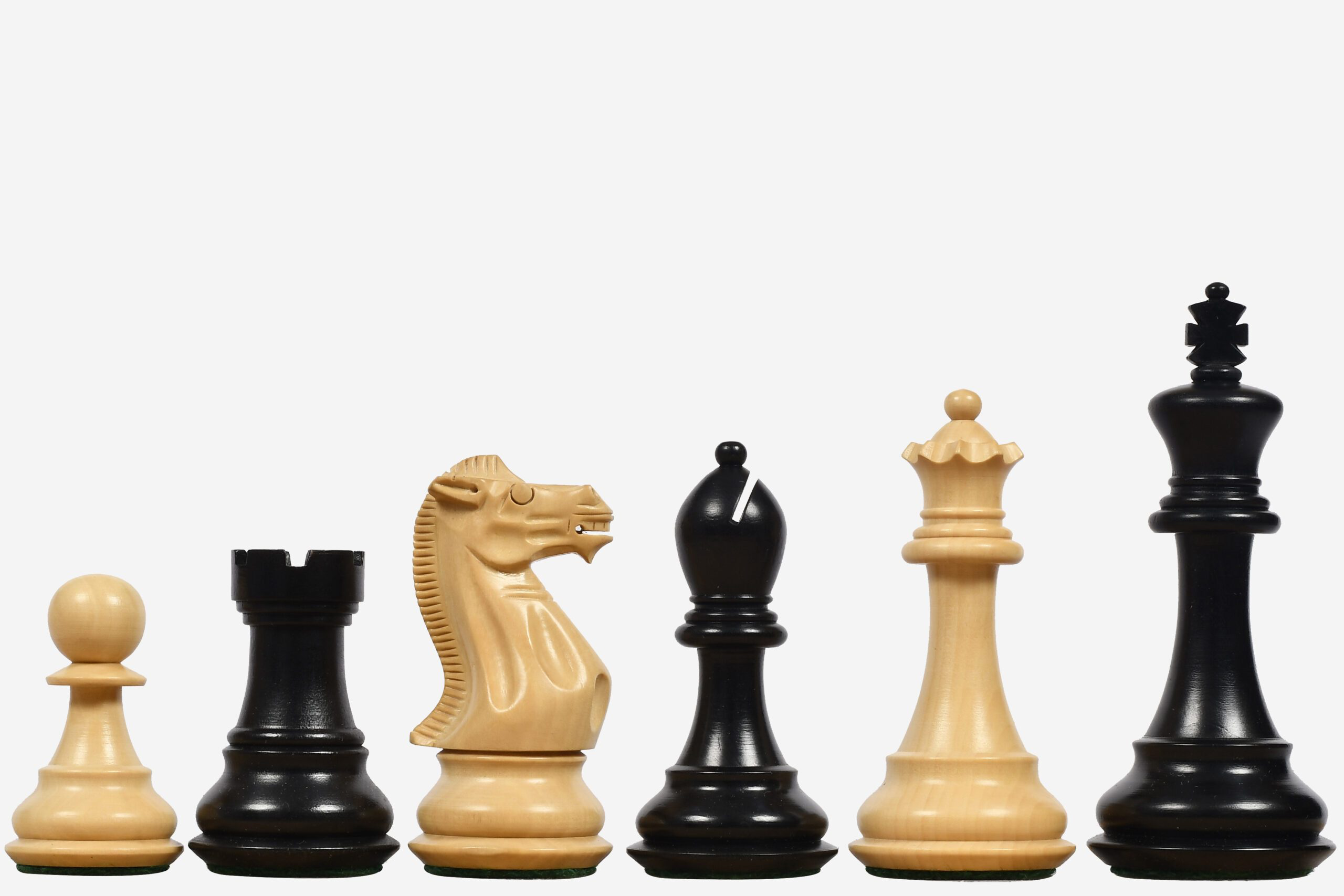
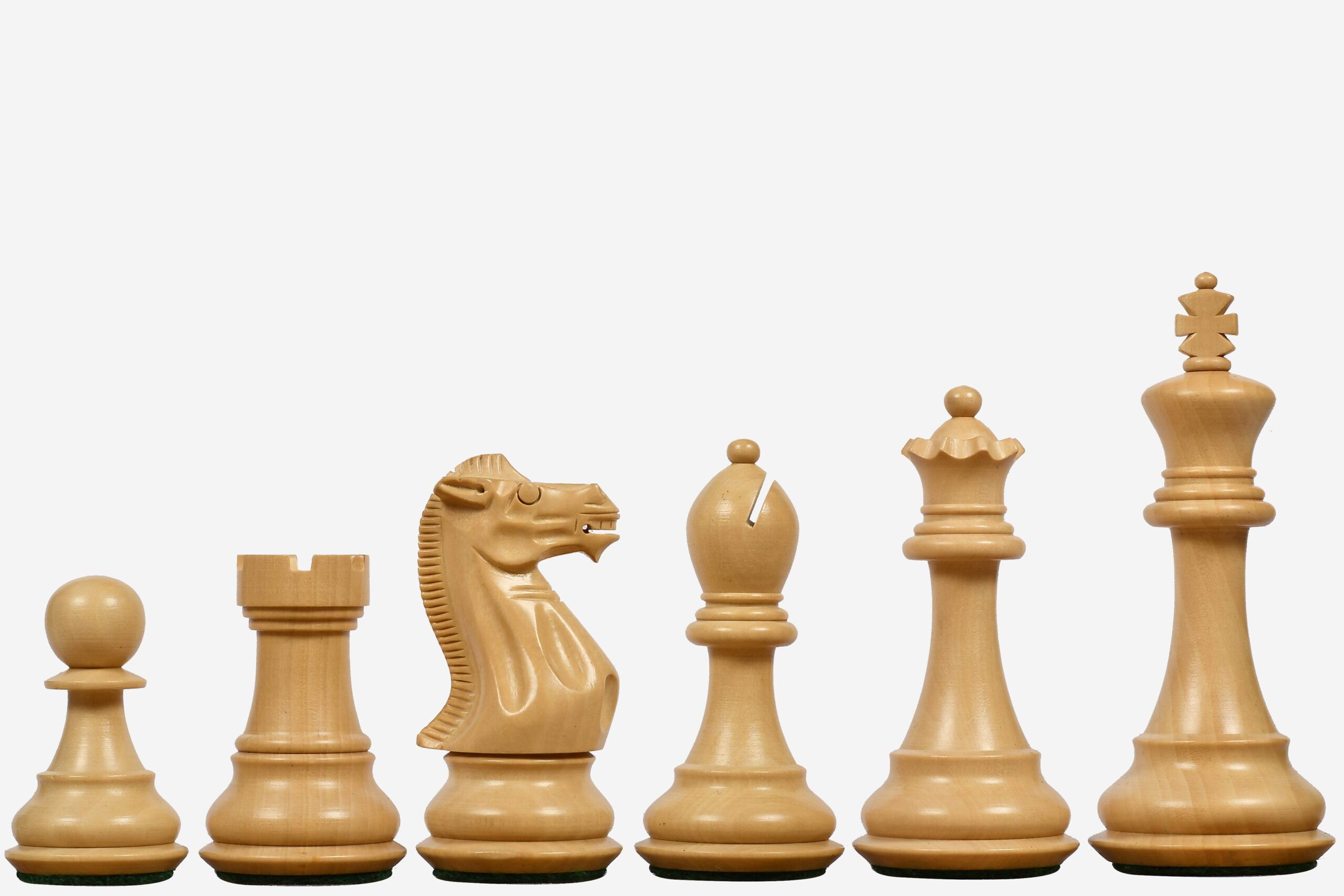
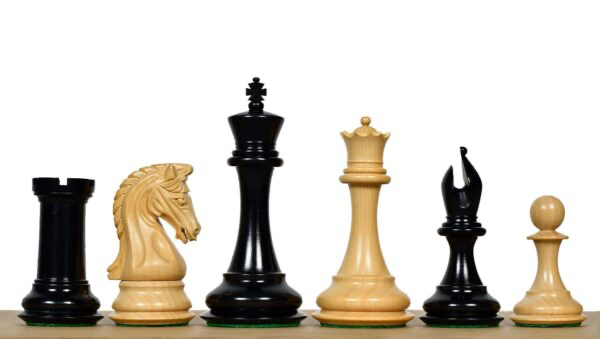
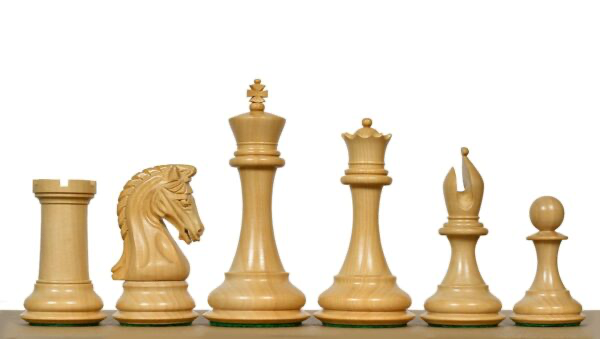
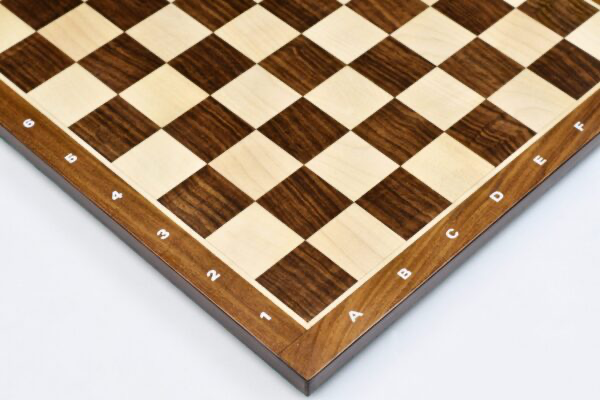
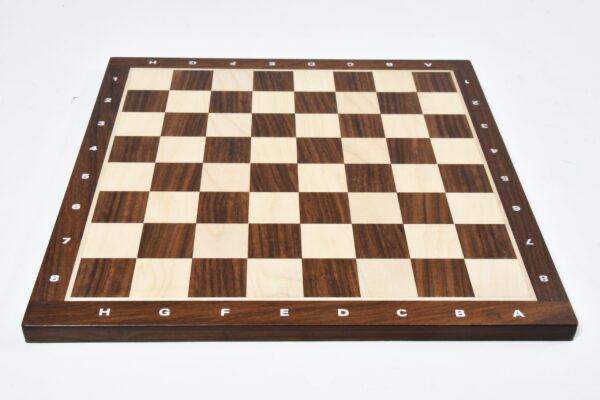
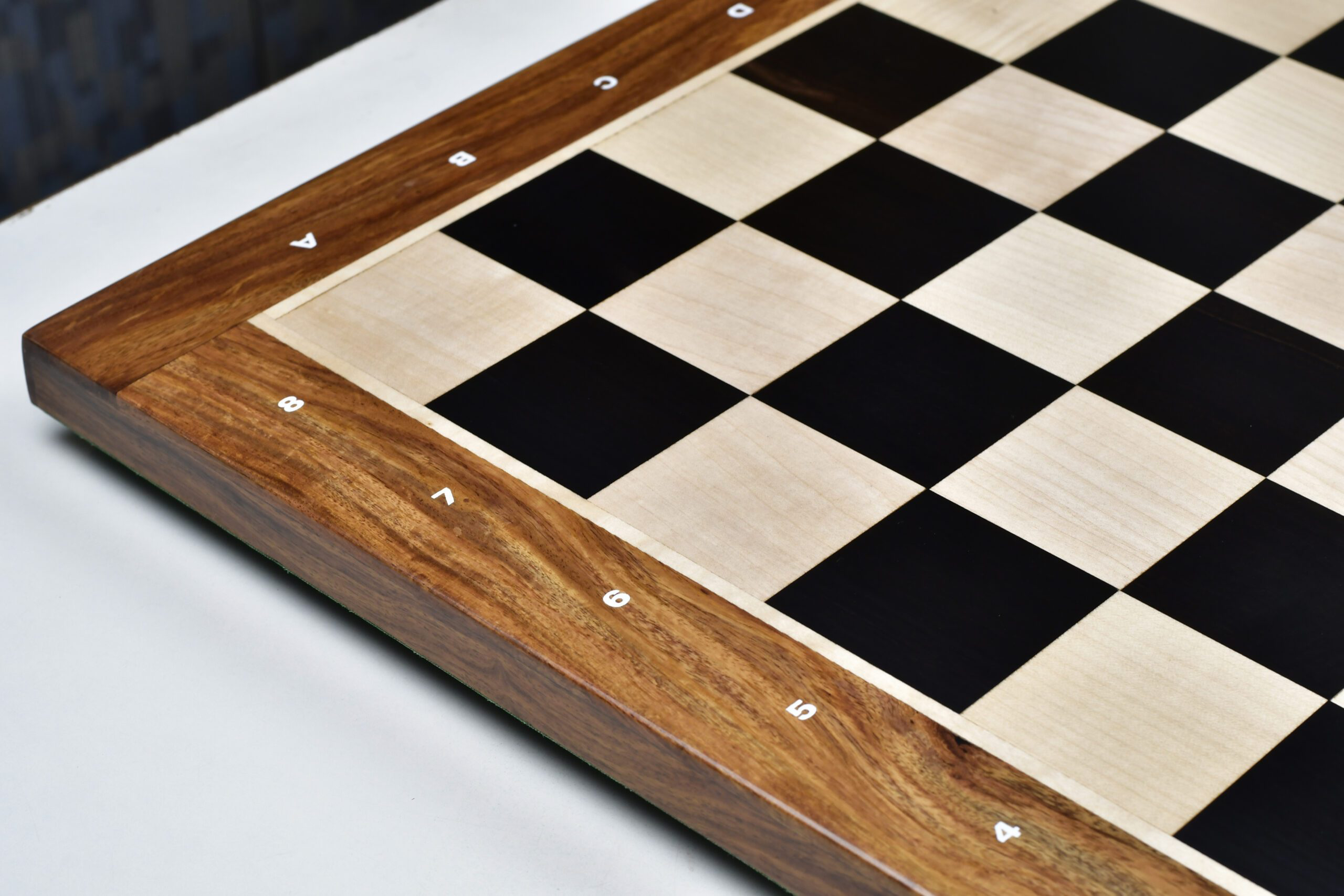
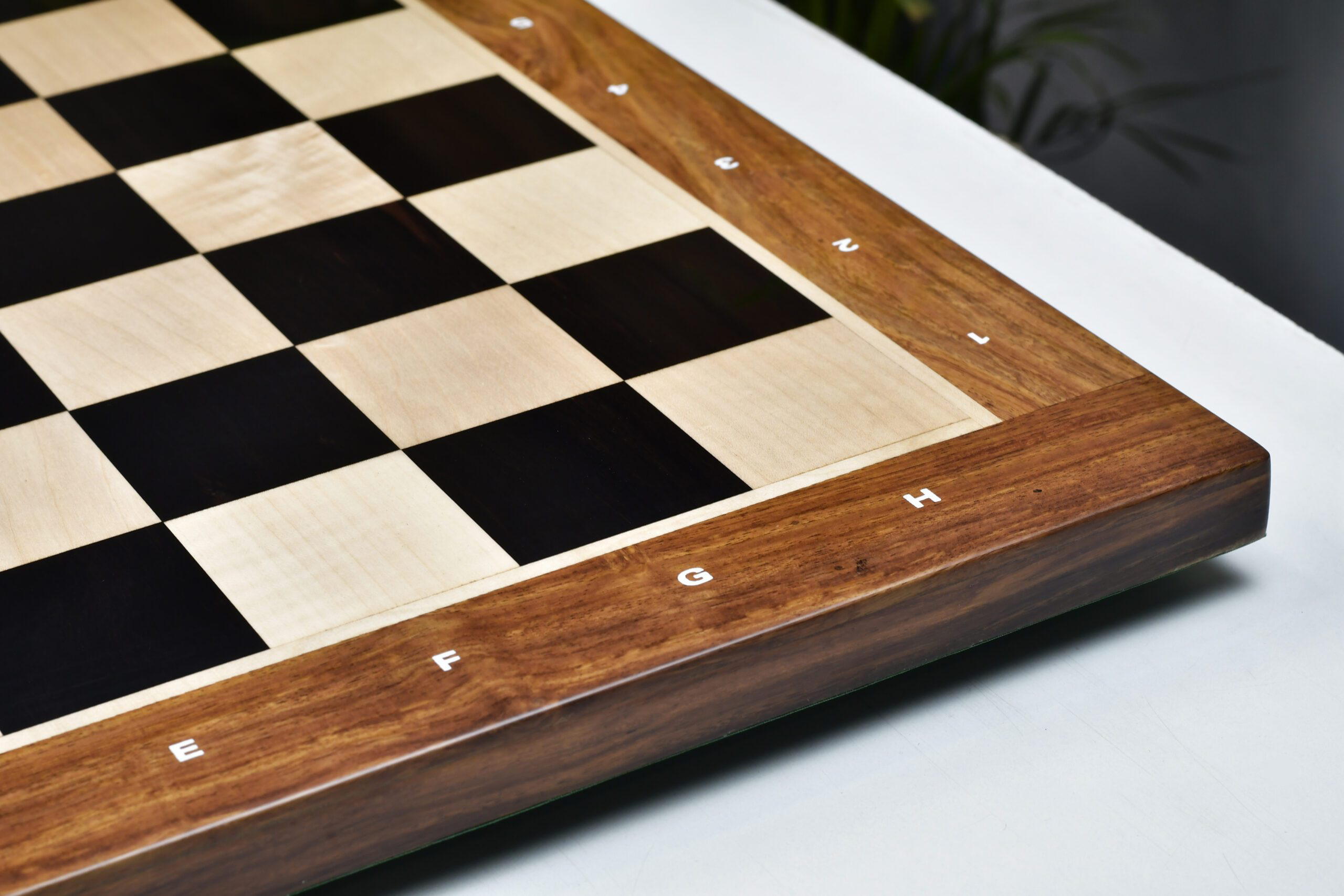


Leave a comment
All comments are moderated before being published.
This site is protected by hCaptcha and the hCaptcha Privacy Policy and Terms of Service apply.